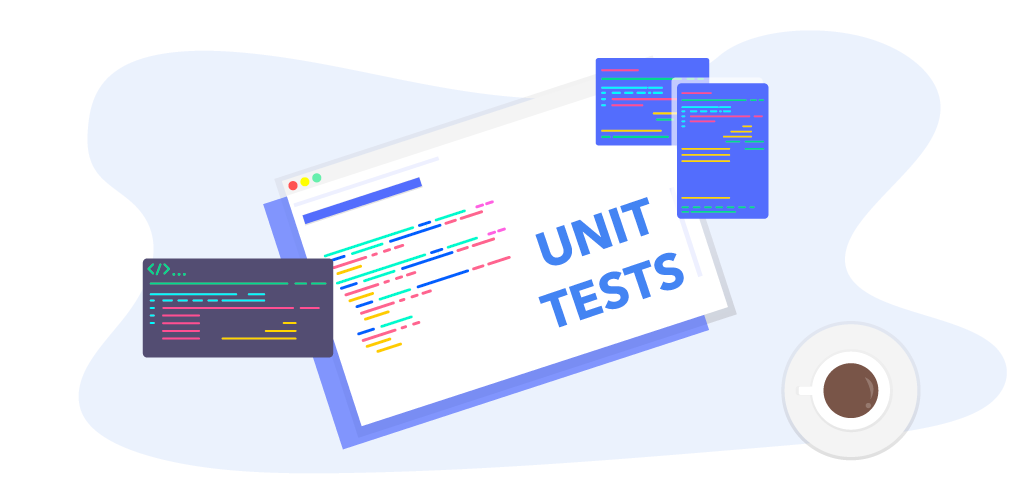Unit Testing is a technique wherein individual modules of the software are tested. This technique benefits the teams in many ways like early detection of defects, easy bug identification, fixing the code, etc. With the help of automated unit testing tools, teams can save cost, time, and effort. Unit Testing has helped the developers and testers in delivering High Quality, NextGen Software.
What is Unit Testing?
Unit Testing is the first level in Software Testing Life Cycle (STLC).In this individual component of the software are tested. It is done to validate that there are no defects in the modules/components of the software and they perform as expected. Testing is done by the developers in the early stage of the Software Development Lifecycle to remove any defects in the initial phase itself. In this, each unit of the system is isolated to identify, analyze, and fix the defect.
What are the Types of Unit Testing?
Three types of Unit Testing are listed below:
White Box Testing – It is a software testing technique wherein internal structure, design, and coding of the software are tested. As codes are visible to the testers, it is also known as Glass Box Testing, Transparent Box Testing, Open Box Testing.
Black Box Testing – It is also known as behavioural testing and is done to examine the functionality of the software applications. In this internal code structure, implementation details and internal paths are not known to the tester and hence it is called Black Box Testing.
Gray Box Testing – It is a combination of White Box Testing and Black Box Testing. It is done to search for possible defects that occur due to improper code structure or improper functioning usage of an application. In this technique, the tester has partial knowledge about the code structure.
What are some popular Unit Testing Tools?
There are various Unit Testing tools, but below mentioned are some popular and widely used unit testing tools.
NUnit: NUnit is a part of .Net Foundation and it is a widely used Unit testing tool. It is used for all .net languages. It is an open-source tool and allows writing scripts manually. It also supports data-driven tests that can run in parallel.
JUnit: It is a free unit testing tool and is used for Java Programming Language. In this Test, Data is first tested and then inserted in the code. It provides annotations for the identification of the test method and assertion for testing expected results.
Emma: It is an open-source tool kit that is used to check code written in Java Language. It supports reports types like text, HTML, XML, etc.
JMockit: It is an open-source tool with a collection of tools and API. It provides three types of code coverage i.e. Line Coverage, Path Coverage, and Data Coverage.
PHP Unit: This tool is for PHP programmers. It takes small components of code and tests them separately. It has pre-defined assertion methods that can be used by testers to assert that a system performs as expected.
How to do Unit Testing?
There are two ways of doing Unit testing i.e., Manual Testing and Automated Testing.
Manual Unit Testing is done with human Intervention and requires a lot of time and effort as well. Due to the cost and efforts involved it is usually not much preferred. It is more prone to errors and hence Automated Testing is widely used.
Unit Testing starts with Writing the Part of the code and subjecting it to the test. If the test passes then it is added to the test suite and the next code is checked. If the code does not pass the test it is reviewed and changed accordingly. It is then rechecked until it passes the test. This process is repeated for all codes until each code passes the test and is ready to use.
Conclusion: Unit testing plays an important role in assuring the Quality and Reliability of the software. With the use of Automated Unit Testing Tools, the quality of code can be checked and bugs and defects can be detected and fixed in the early stage.
TestingXperts have dedicated test labs and highly qualified team of testers that can provide you best Unit Testing Services. Leverage our Unit Testing Services Today. Contact us now.
About the Author: I am a technical content writer and I write articles on various IT topics. In this article, I have tried to share my views on what is Unit Testing and how it is performed.



Comments
Post a Comment